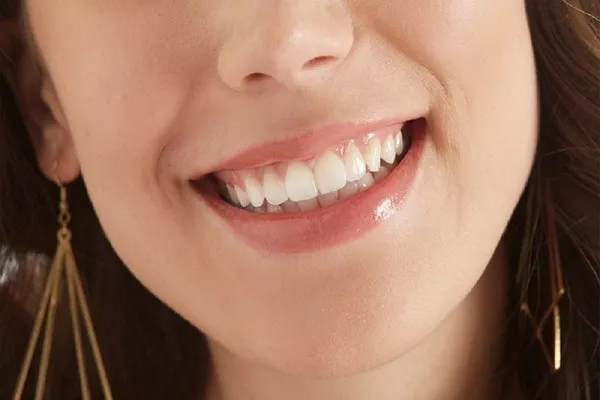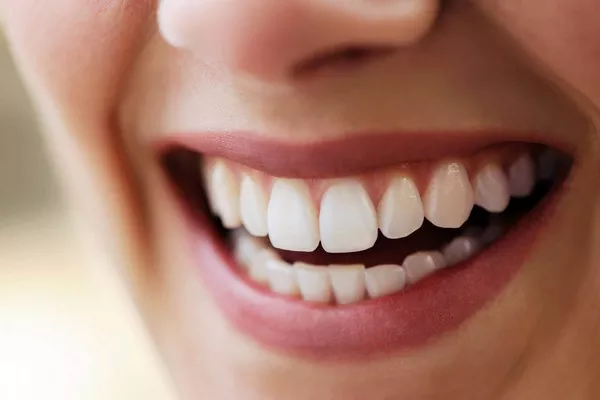The pursuit of a brighter smile often leads individuals to explore various teeth-whitening options, with whitening strips being a popular choice due to their accessibility and effectiveness. However, concerns may arise regarding the impact of whitening strips on enamel—the protective outer layer of the teeth. In this article, we delve into the question: Do whitening strips destroy enamel? By examining the science behind teeth whitening and considering key factors, we aim to provide clarity on this common dental concern.
Understanding the Enamel Structure: A Primer
Enamel as a Protective Layer:
Enamel is the outermost layer of the teeth, serving as a protective shield against external factors, including acids, bacteria, and physical wear. It is a hard, mineralized substance that plays a vital role in maintaining tooth integrity and overall oral health.
How Whitening Strips Work: The Mechanism
Bleaching Agents in Whitening Strips:
Whitening strips typically contain bleaching agents, such as hydrogen peroxide or carbamide peroxide. These agents work by penetrating the enamel and breaking down stains and discoloration molecules within the tooth structure. This process leads to a whiter appearance.
Addressing Concerns about Enamel Damage:
Temporary Pore Opening:
The application of bleaching agents in whitening strips can lead to a temporary opening of the enamel pores. This allows the peroxide to reach the discolored molecules within the tooth and initiate the whitening process. The transient nature of this pore opening is a key consideration in understanding the impact on enamel.
Potential for Sensitivity:
As the enamel pores open during the whitening process, individuals may experience heightened tooth sensitivity. This sensitivity is often temporary and is a common side effect of the bleaching agents interacting with the tooth structure.
Factors Influencing Enamel Impact:
Concentration of Bleaching Agents:
The concentration of bleaching agents in whitening strips can influence their impact on enamel. Higher concentrations may lead to more noticeable effects on the enamel, including increased sensitivity. Choosing whitening strips with appropriate peroxide concentrations is crucial to balancing effectiveness and enamel safety.
Adherence to Usage Instructions:
Following the recommended usage instructions for whitening strips is paramount in minimizing potential enamel issues. Overuse or prolonged use beyond the recommended duration may contribute to increased sensitivity and potential enamel concerns.
Balancing Teeth Whitening and Enamel Health:
Appropriate Application Duration:
Adhering to the recommended application duration for whitening strips helps strike a balance between achieving desired results and minimizing the impact on enamel. Longer application times do not necessarily equate to better results and may increase the risk of sensitivity.
Choosing Quality Products:
Selecting reputable and quality whitening strip products can contribute to a safer whitening experience. Products from established brands often undergo rigorous testing to ensure both effectiveness and enamel safety. Reading product reviews and seeking professional recommendations can guide individuals in choosing reliable options.
Minimizing Enamel Impact: Best Practices
Consultation with Dental Professionals:
Before starting any teeth-whitening regimen, consulting with dental professionals is advisable. Dentists can assess individual oral health, provide personalized recommendations, and address concerns about enamel health. Professional guidance ensures a tailored approach to teeth whitening based on specific dental conditions.
Using Desensitizing Products:
For individuals experiencing sensitivity during or after whitening, using desensitizing toothpaste or gels can be beneficial. These products often contain ingredients that help alleviate sensitivity, contributing to a more comfortable whitening experience.
Conclusion: Striving for a Radiant, Healthy Smile
In conclusion, the impact of whitening strips on enamel is a nuanced consideration. While the bleaching agents in these strips can lead to temporary pore opening and sensitivity, following best practices and choosing quality products can minimize potential enamel concerns. Achieving a radiant smile through teeth whitening is possible with proper care and attention to individual oral health.
Balancing the desire for whiter teeth with enamel health involves informed choices, adherence to usage guidelines, and, importantly, seeking professional advice when needed. With these considerations, individuals can embark on a teeth-whitening journey that prioritizes both the aesthetic goals and the overall well-being of their smiles. Regular dental check-ups remain integral in maintaining optimal oral health, and individuals are encouraged to communicate any concerns with their dental professionals for personalized guidance.
Which whitening strips are safe?
How to use arc teeth whitening strips?
How Long Do Teeth Whitening Strips Last: A Comprehensive Guide





























